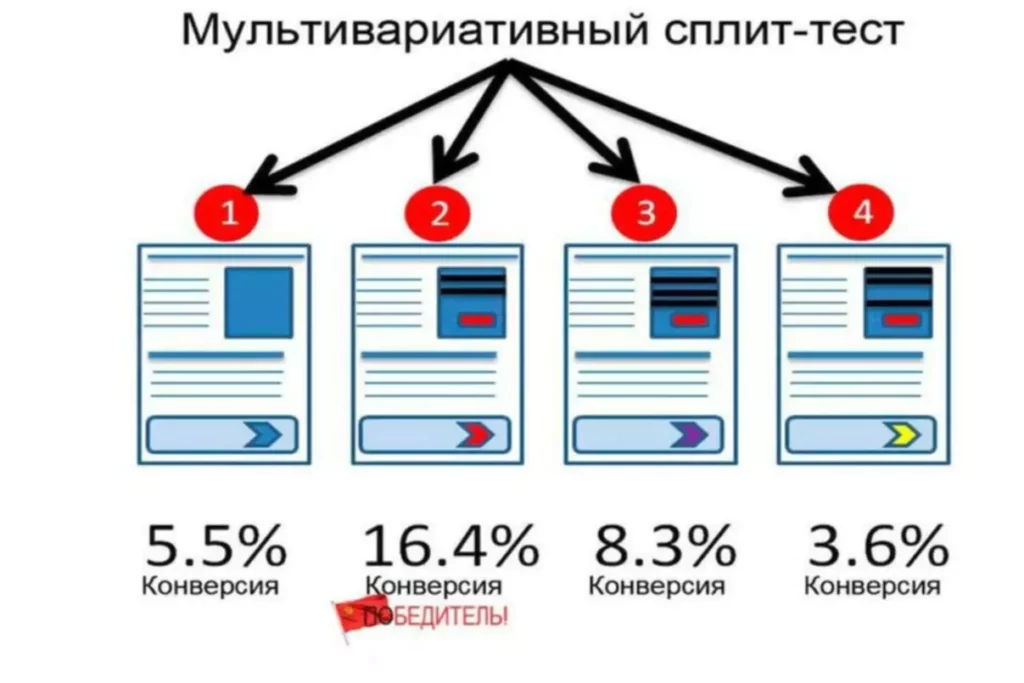Related Rates – In this section we will discuss the only application of derivatives in this section, Related Rates. In related rates problems we are give the rate of change of one quantity in a problem and asked to determine the rate of one (or more) quantities in the problem. We work quite a few problems in this section so hopefully by the end of this section you will get a decent understanding on how these problems work. The Weierstrass function is continuous everywhere but differentiable nowhere! The Weierstrass function is «infinitely bumpy,» meaning that no matter how close you zoom in at any point, you will always see bumps. Therefore, you will never see a straight line with a well-defined slope no matter how much you zoom in.
As we have seen, the derivative of a function at a given point gives us the rate of change or slope of the tangent line to the function at that point. If we differentiate a position function at a given time, we obtain the velocity at that time. It seems reasonable to conclude that knowing the derivative of the function at every point would produce valuable information about the behavior of the function.
- Let \(f(x)\) and \(g(x)\) be differentiable functions and \(k\) be a constant.
- It is not always possible to find the derivative of a function.
- Maxima’s output is transformed to LaTeX again and is then presented to the user.
- In this section we define the derivative function and learn a process for finding it.
- When the «Go!» button is clicked, the Derivative Calculator sends the mathematical function and the settings (differentiation variable and order) to the server, where it is analyzed again.
This means that the derivative of a product of how to become a microsoft network engineer two functions is the derivative of the first function times the second function plus the derivative of the second function times the first function. Use the following graph of \(f(x)\) to sketch a graph of \(f'(x)\). The parser is implemented in JavaScript, based on the Shunting-yard algorithm, and can run directly in the browser. This allows for quick feedback while typing by transforming the tree into LaTeX code. In «Examples» you will find some of the functions that are most frequently entered into the Derivative Calculator.
Graphing a Derivative
Given both, we would expect to see a correspondence between the graphs of these two functions, since \(f'(x)\) gives the rate of change of a function \(f(x)\) (or slope of the tangent line to \(f(x)\)). We find our next differentiation rules by looking at derivatives of sums, differences, and constant multiples of functions. Just as when we work with functions, there are rules that make it easier to find derivatives of functions that we add, subtract, or multiply by a constant. Logarithmic Differentiation – In this section we will discuss logarithmic differentiation. Logarithmic differentiation gives an alternative method for differentiating products and quotients (sometimes easier than using product and quotient rule). Notice from the examples above that it can be fairly cumbersome to compute derivatives using the limit definition.
A function that has a vertical tangent line has an infinite slope, and is therefore undefined. It is not always possible to find the derivative of a function. In some cases, the derivative of a function may fail to exist at certain points on its domain, or even over its entire domain. Generally, the derivative of a function does not exist if the slope of its graph is not well-defined. We can use the same method to work out derivatives of other functions (like sine, cosine, logarithms, etc).
There is also a table of derivative functions for the trigonometric functions and the square root, logarithm and exponential function. In each calculation step, one differentiation operation is carried out or rewritten. For example, constant factors are pulled out of differentiation operations crypto trading journal and sums are split up (sum rule).
The Sum, Difference, and Constant Multiple Rules
Product and Quotient Rule – In this section we will give two of the more important formulas for differentiating functions. We will discuss the Product Rule and the Quotient Rule allowing us to differentiate functions that, up to this point, we were unable to differentiate. As we have seen throughout the examples in this section, it seldom happens that we are called on to apply just one differentiation rule to find the derivative of a given function. At this point, by combining the differentiation rules, we may find the derivatives of any polynomial or rational function. Later on we will encounter more complex combinations of differentiation rules. A good rule of thumb to use when applying several rules is to apply the rules in reverse of the order in which we would evaluate the function.
It means that, for the function x2, the slope or «rate of change» at any point is 2x. Functions with cusps or corners do not have defined slopes at the cusps or corners, so they do not have derivatives at those points. This is because the slope to the left and right of these points are not equal. If a driver does not slow down enough before entering the turn, the car may slide off the racetrack. Normally, this just results in a wider turn, which slows the driver down. But if the driver loses control completely, the car may fly off the track entirely, on a path tangent to the curve of the racetrack.
This time, the function gets transformed into a form that can be understood by the computer algebra system Maxima. In this chapter we will start looking at the next major topic in a calculus class, derivatives. This chapter is devoted almost exclusively to finding derivatives. We will be leaving most of the applications of derivatives to the next chapter. This procedure is typical for finding the derivative of a rational function. The graph of \(f'(x)\) is positive where \(f(x)\) is increasing.
For each calculated derivative, the LaTeX representations of the resulting mathematical expressions are tagged in the HTML code so that highlighting is possible. The rule for differentiating constant functions is called the constant rule. It states that the derivative of a constant function is zero; that is, since a constant function is a horizontal line, the slope, or the rate of change, of a constant function is \(0\). We have already discussed how to graph a function, so given the equation of a function or the equation of a derivative function, we could graph it.
Chapter 3 : Derivatives
However, the process of finding the derivative at even a handful of values using the techniques of the preceding section would quickly become quite tedious. In this section we define the derivative function and learn a process for finding it. Displaying the steps of calculation is a bit more involved, because the Derivative Calculator can’t completely depend on Maxima for this task. Instead, the derivatives have to be calculated manually step by step. The rules of differentiation (product rule, quotient rule, chain rule, …) have been implemented in JavaScript code.
Notice that this is beginning to look like the definition of the derivative. However, this formula gives us the slope between the two points, which is an average of the slope of the curve. The derivative at x is represented by the red line in the figure.
Example: What is the derivative of cos(x)/x ?
By using a process that involved multiplying an expression by a conjugate prior to evaluating a limit. Now that we can graph a derivative, let’s examine the behavior of the graphs. First, we consider the relationship between differentiability and continuity. We will see that if a function is differentiable at a point, it must be continuous there; however, a function that is continuous at a point need not be differentiable at that point. In fact, a function may be continuous at a point and fail to be differentiable at the point for one of several reasons. When the «Go!» button is clicked, the Derivative Calculator sends the mathematical function and the settings (differentiation variable and order) to the server, where it is analyzed again.
A function \(f(x)\) is said to be differentiable at \(a\) if \(f'(a)\) exists. The process of finding a derivative is called «differentiation». The interactive function graphs are computed in the browser and displayed within a canvas element (HTML5). For each function to be graphed, the calculator creates a JavaScript function, which is then evaluated in small steps in order to draw the graph. While graphing, singularities (e.g. poles) are detected and treated specially.
Introduction to Derivatives
Like any computer algebra system, it applies a number of rules to simplify the function and calculate the derivatives according to the commonly known differentiation a guide to investing in cryptocurrency rules. Maxima’s output is transformed to LaTeX again and is then presented to the user. Interpretation of the Derivative – In this section we give several of the more important interpretations of the derivative. We discuss the rate of change of a function, the velocity of a moving object and the slope of the tangent line to a graph of a function.


















